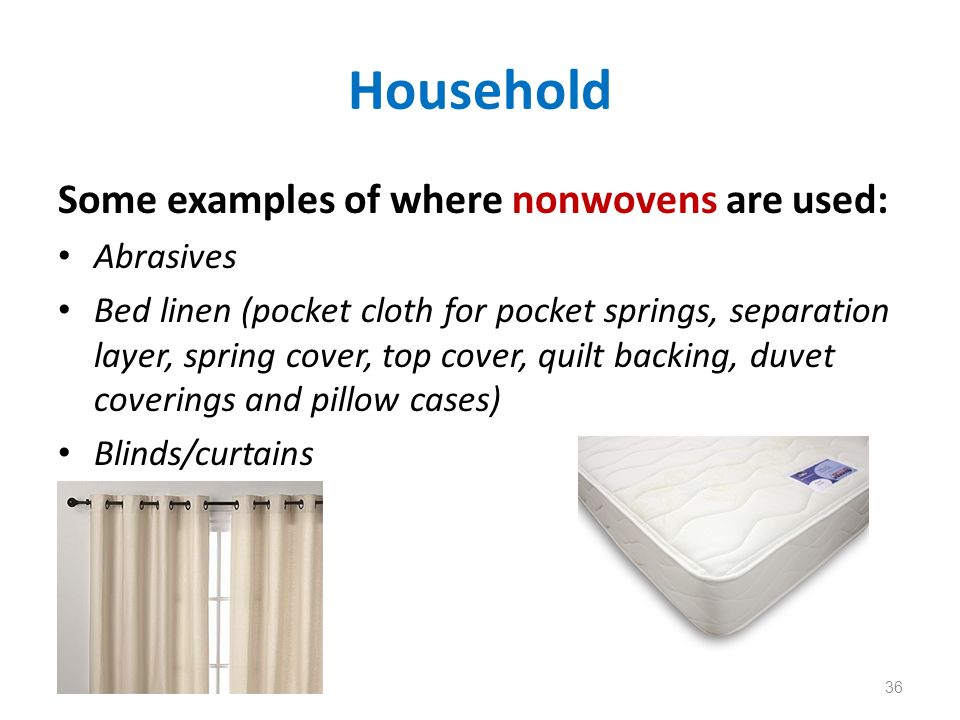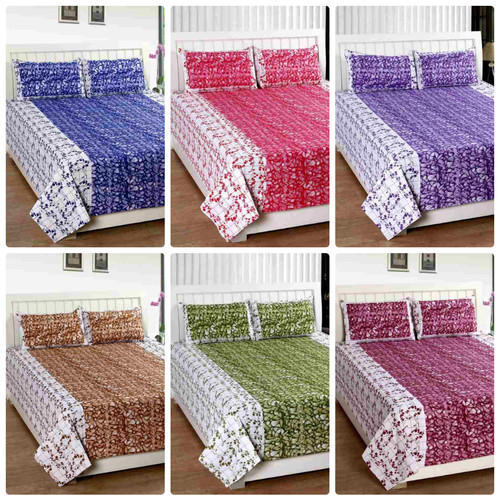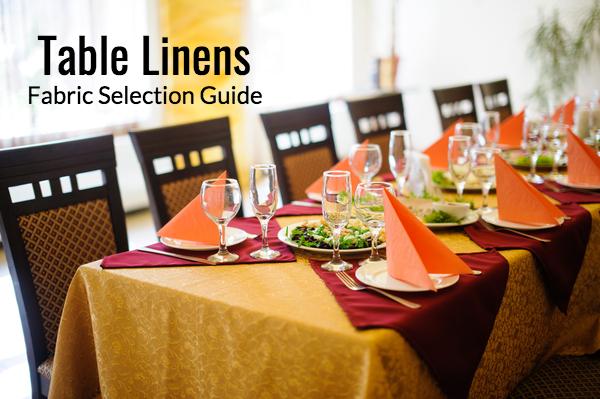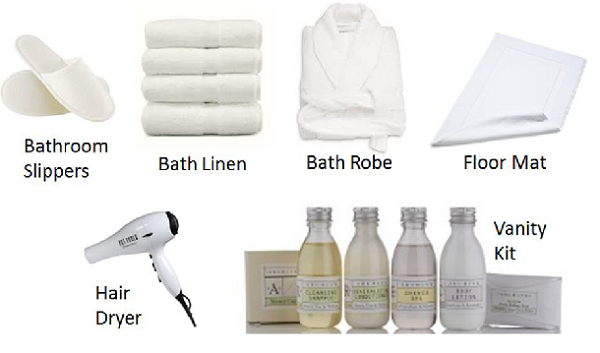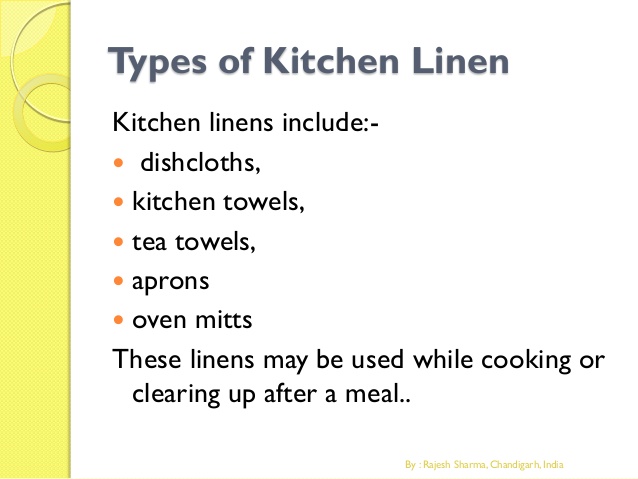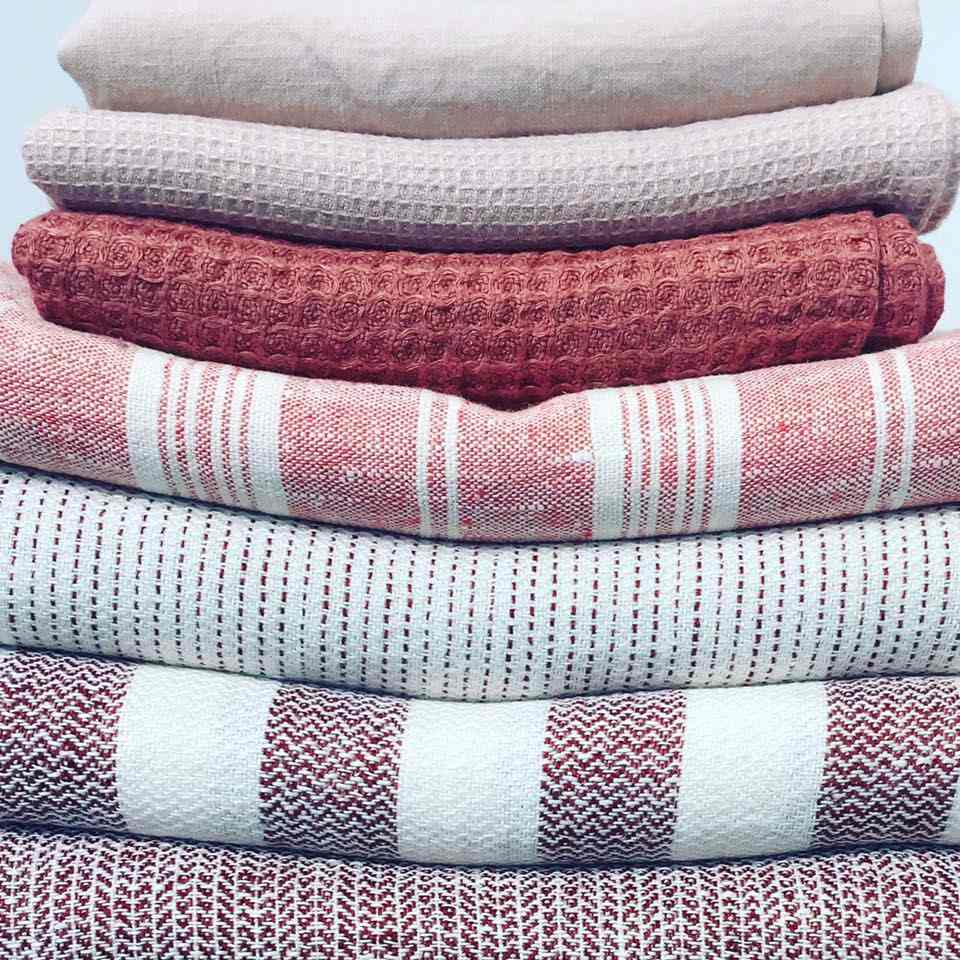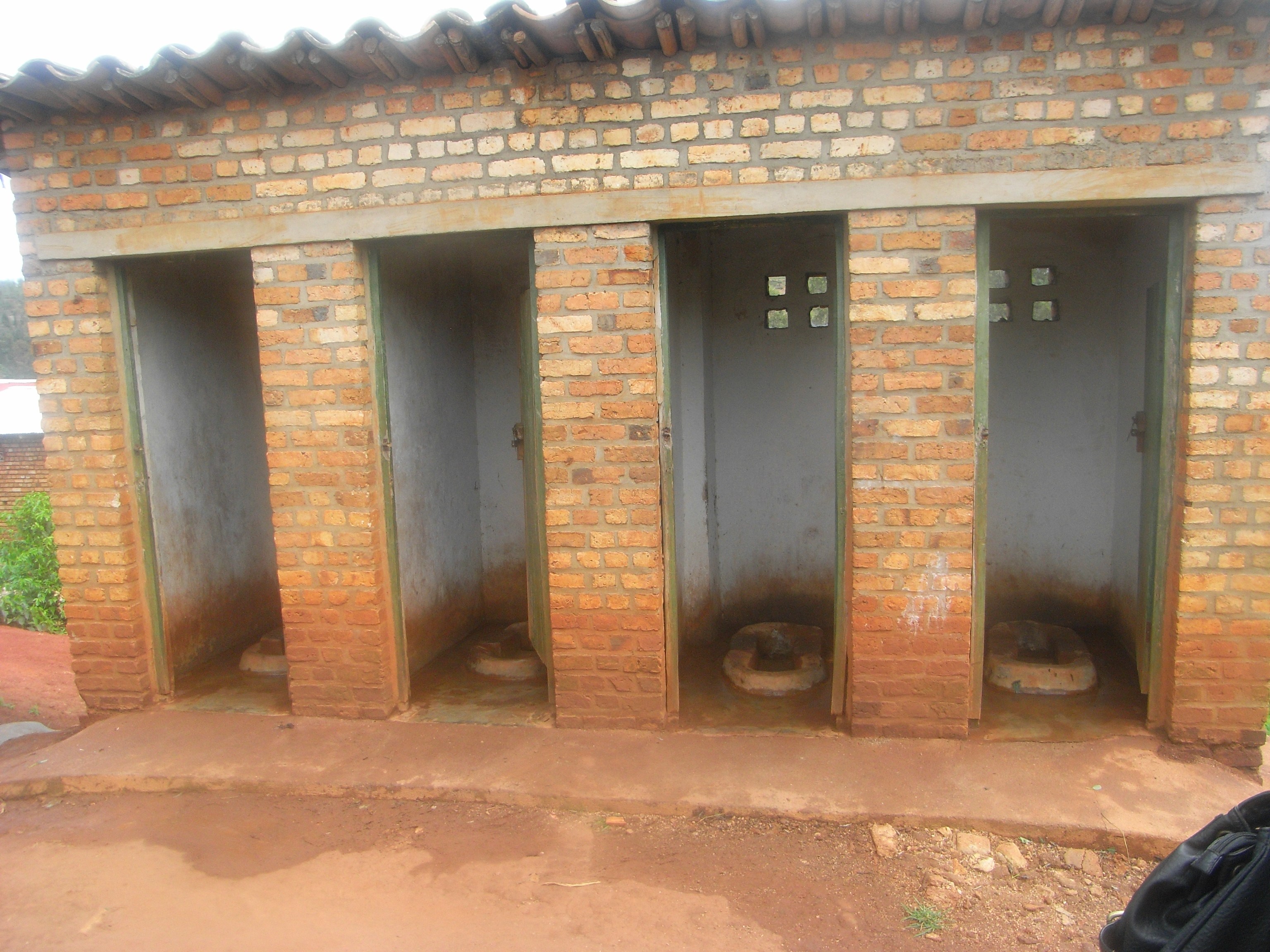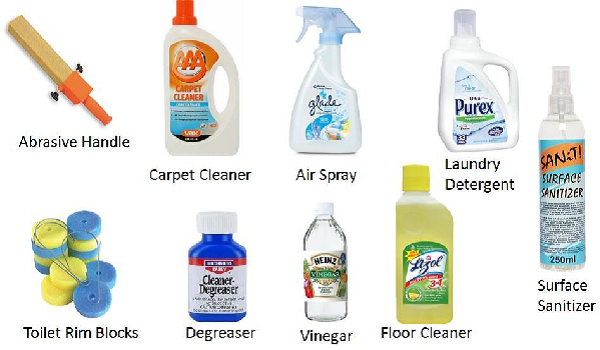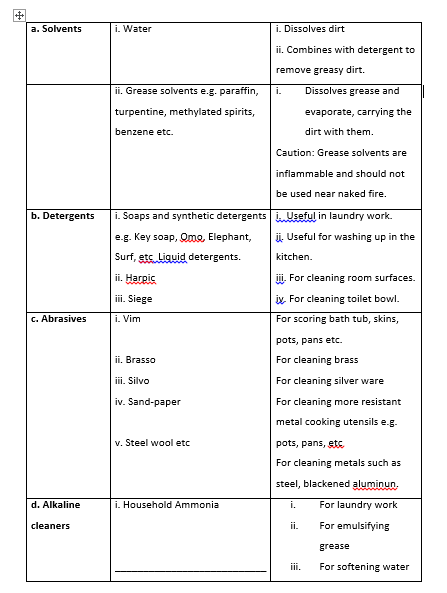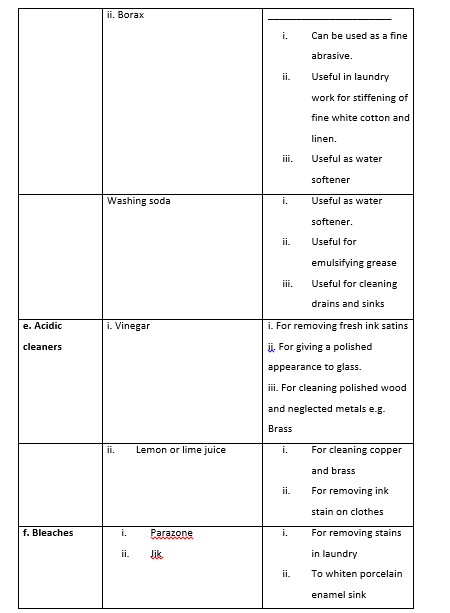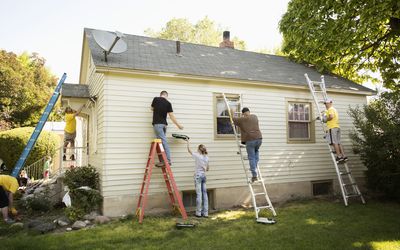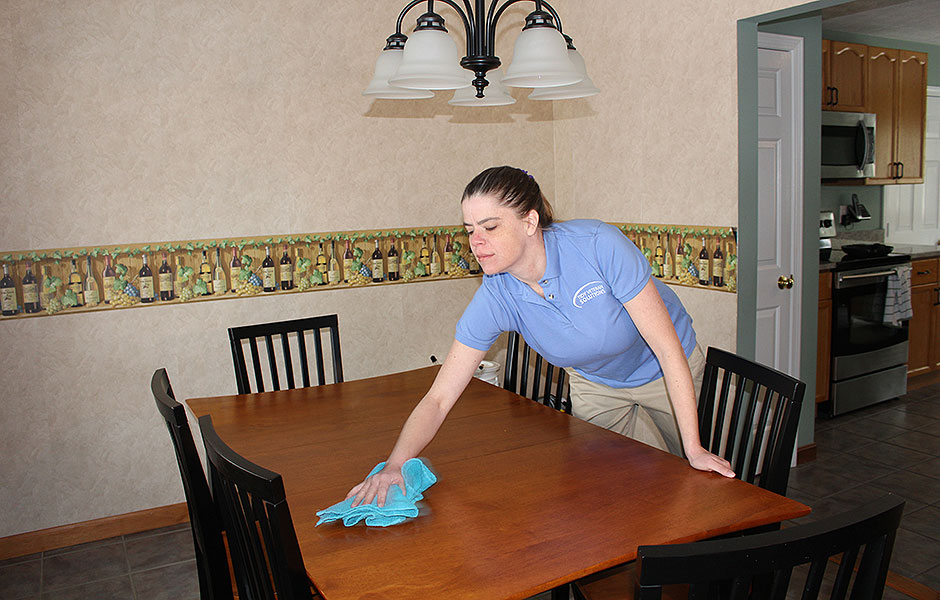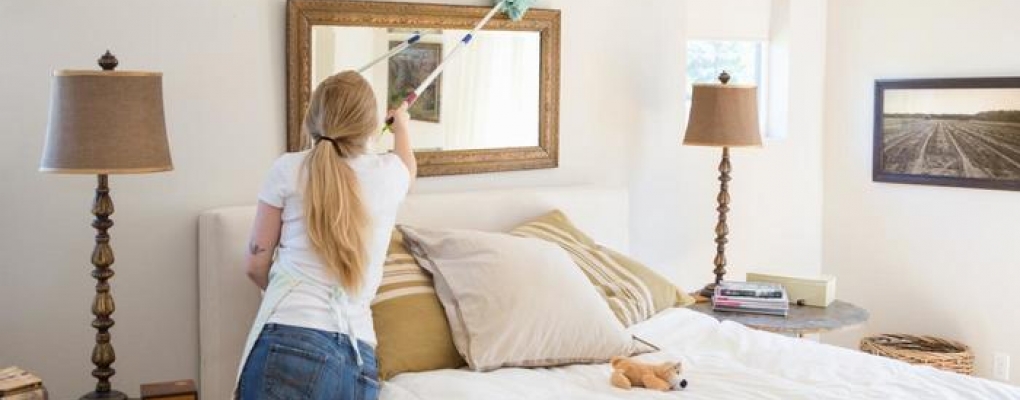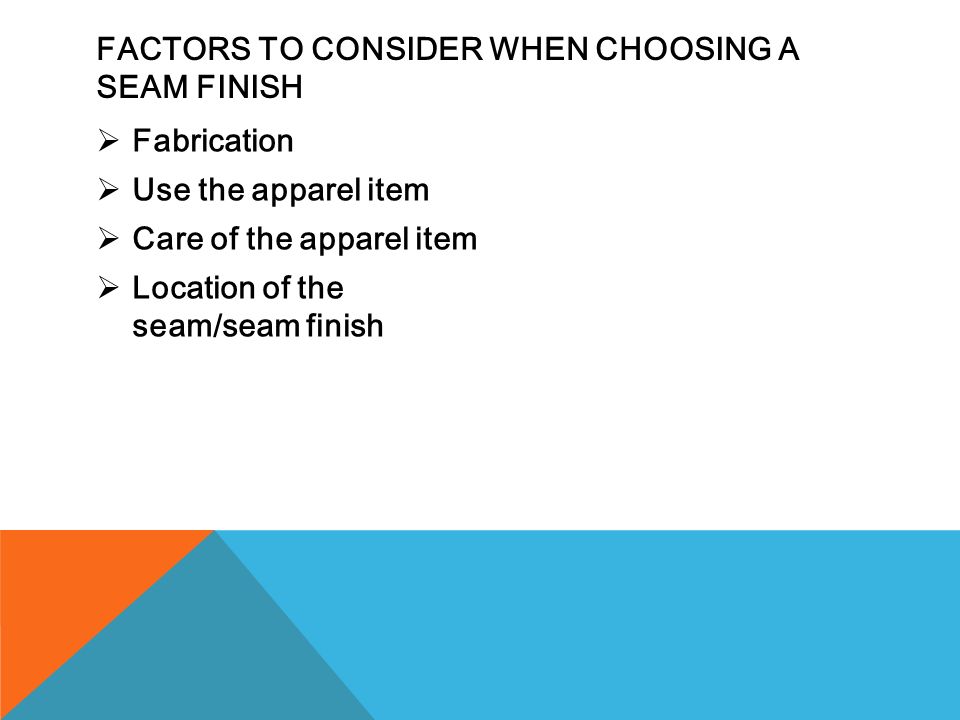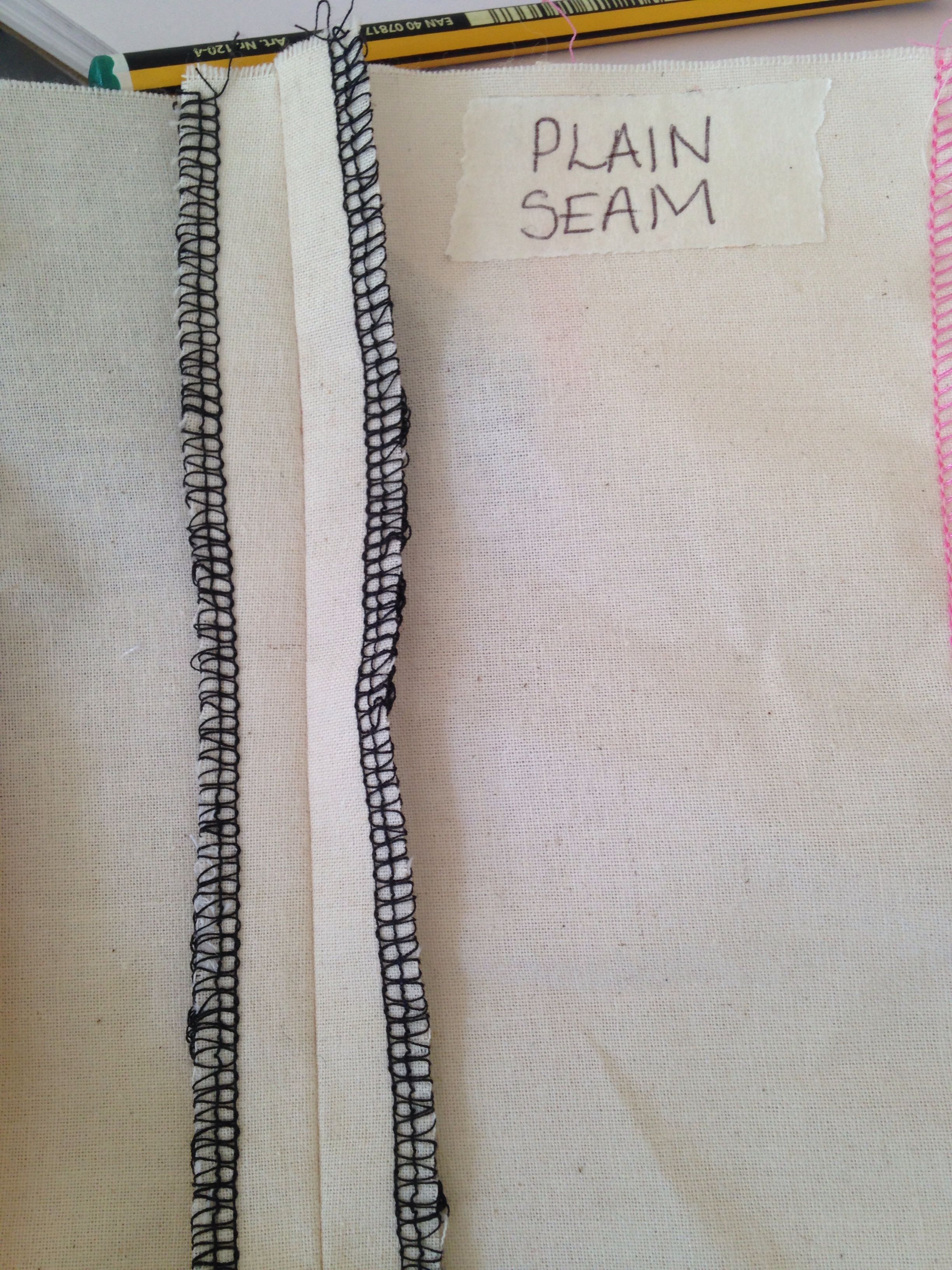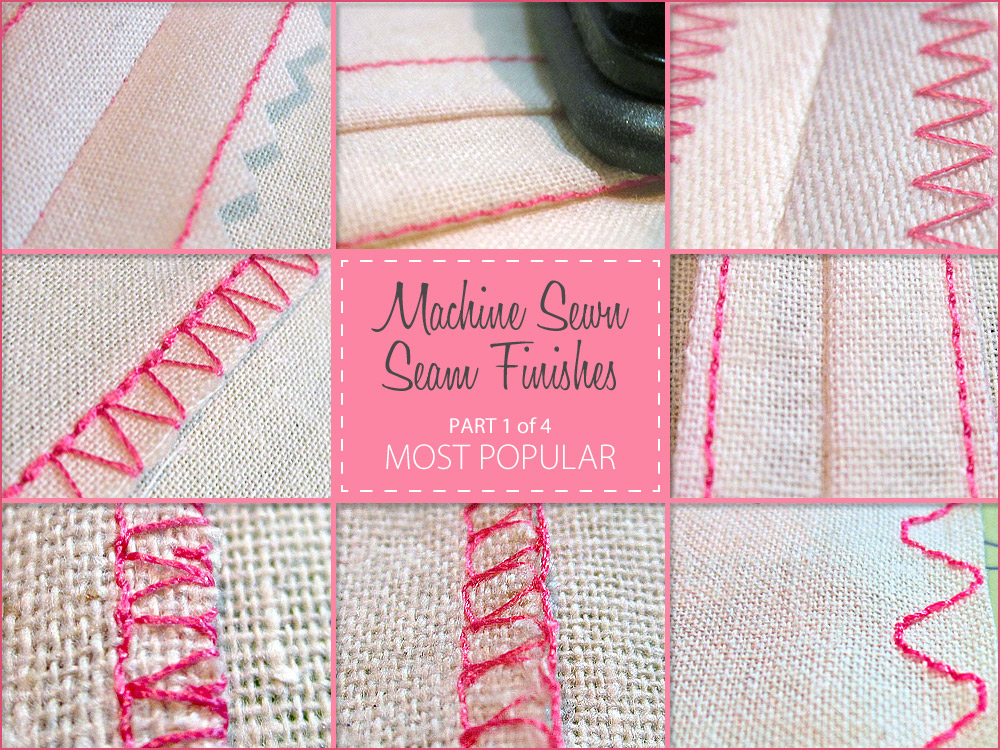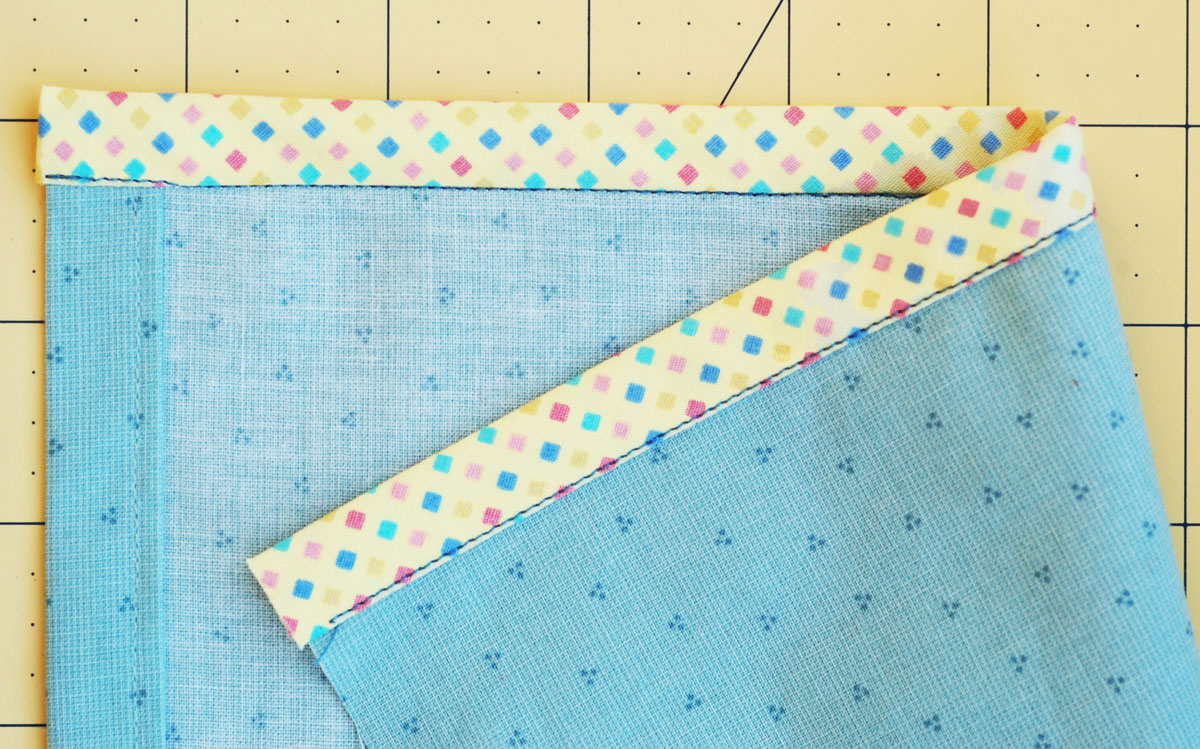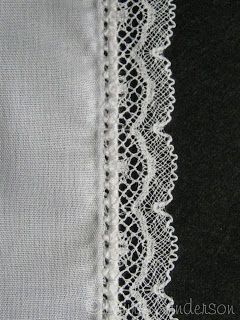TOPIC: MANAGING FAMILY CLOTHING
CONTENT: (a) Clothing Storage
(b) Clothing Repairs
SUB-TOPIC 1:
CLOTHING STORAGE
Clothing is any article we place on the body in order to protect, beautify or adorn it. It include dresses, shoes, hats, jewelry, etc. family clothing is very important because it can promote or impair the health of family members.
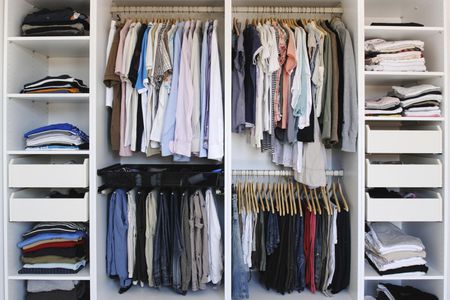
PROPER STORAGE AND CARE OF CLOTHES:
1. Provide a good storage space for your clothes, e.g. a good closet/wardrobe, a box or drawer.
2. Use good quality hangers.
3. Do not store dirty clothes, wash them, dirty clothes attract germs.
4. Air clothes after wear before putting them away.
5. Remove all brooches or pins from clothes before putting away.
6. Do not store clothes that are damp or in a damp place.
7. Mothballs or camphor balls can be placed in the wardrobe or storage boxes or drawers.
8. Keep the wardrobe tidy always, by storing clothes neatly.
9. Clean the wardrobe regularly.
10. Wash your under-wears and socks daily.
11. Do not put perfume onto a garment as it may stain the fabric.
12. Remove spots or stains from clothes as soon as they occur.
13. Never let a garment become too dirty before washing it.
14. Check clothes regularly for loose fastenings, split seam, tear and undone hems.
15. Mend clothes as quickly as possible. This prevents more damage to the article.
16. Take extra time to put garments where they belong when you remove them

METHOD OF STORING FAMILY CLOTHES:
Family clothes can be stored in any of the following ways:
1. Storage in boxes or bags: This method protects clothes from insects, dust, light, and air that is either too humid or too dry.
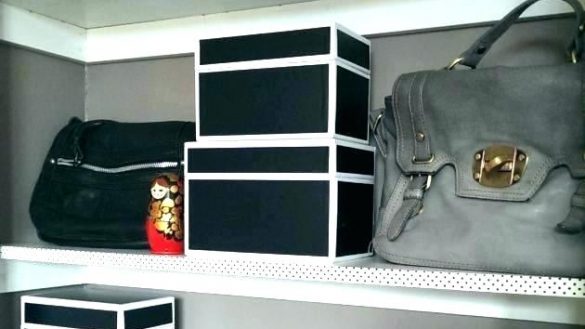
GUIDELINES FOR STORING CLOTHES IN BOXES OR BAGS.
a. Select a good box or bag for your clothes.
b. Store only clean clothes.
c. Iron the clothes before storing them in the box.
d. Store in the box seasonal clothes or those you do not wear often.
e. Fold clothes properly before storing in the box.
f. Place folded clothes carefully in the box. Avoid creasing the clothes.
2. Storage in closets or wardrobe with hangers: hanging clothes in the closets or wardrobe prevents them from getting creased or rumpled.

GUIDELINES FOR STORAGE IN CLOSETS OR WARDROBE
a. Use good hangers. Skirts and trousers require special hangers.
b. Do not hang loosely woven fabric articles such as sweaters because they can stretch out shape.
c. Delicate and fine fabric such as silk requires padded hangers.
d. The shoulders of the clothes should be properly eased in and placed on the hangers, zippers closed, buttons (at least the top one) fastened.\
e. Do not overcrowd the wardrobe with clothes so that air can circulate among the clothes.
f. Keep your clothes from dust.
g. Hang similar items together in the closet for ease in finding them.
h. Remove extra hangers from the closet in order to maximize hanging space.
i. Brush and air the clothes frequently to prevent dust and mould.
j. To prevent creases in trousers and skirts, hang them from the waist band on special hangers.
k. Keep some camphor balls in the closet to prevent the entry of insects such as cockroaches.
l. Clean the wardrobe or closet regularly.
3. Storage of clothes in drawers and shelves; certain clothes are best stored in the drawers, e.g. heavy woven sweaters.
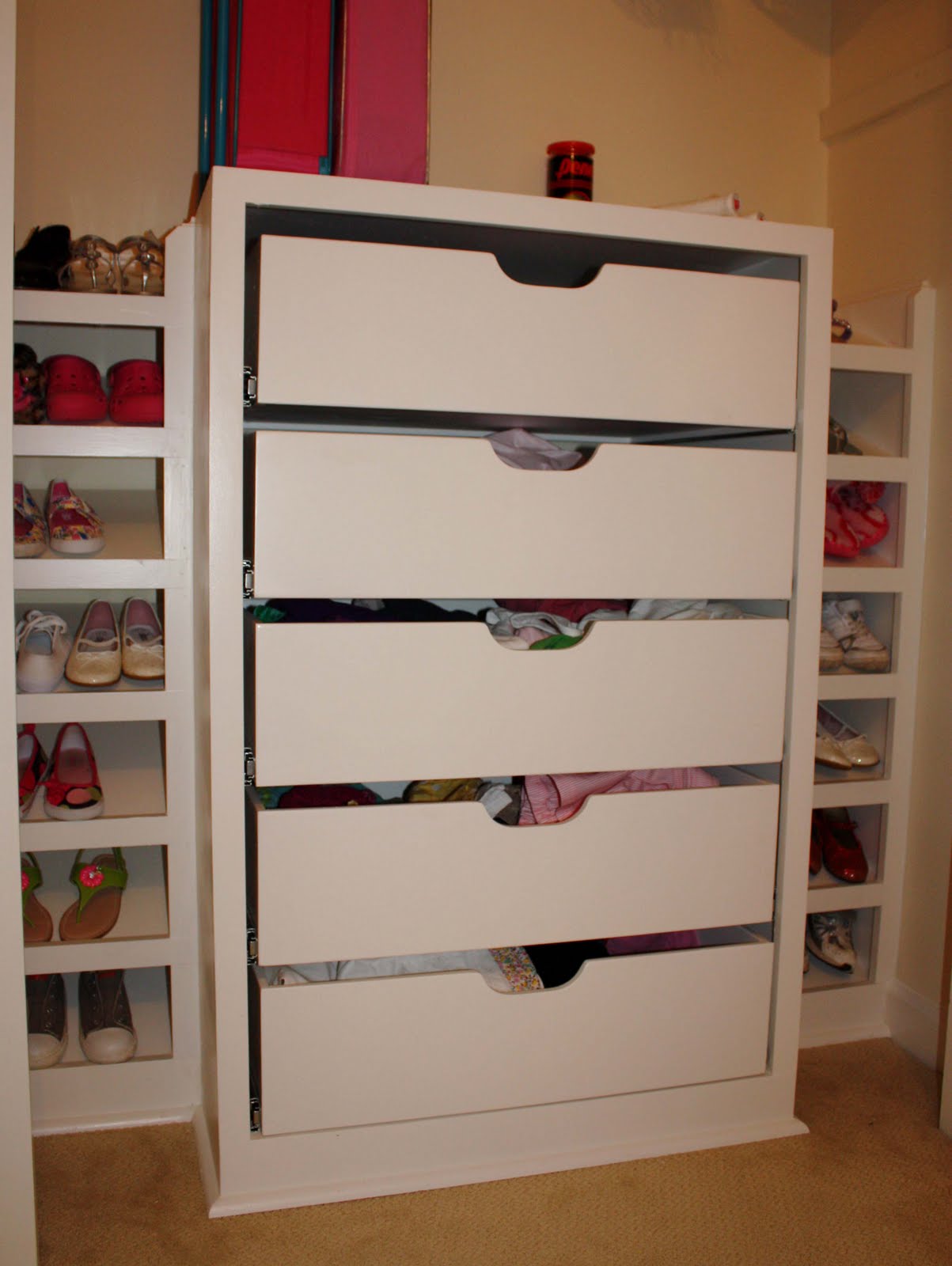
GUIDELINES FOR STORAGE IN DRAWERS OR SHELVES
a. Store only clean and dry clothes in the drawers and shelves.
b. Fold the clothes carefully to remove all creases.
c. Stack the lighter clothes on top of heavy ones to prevent crushing.
d. Keep some camphor balls in the drawers or shelves to keep insect away.
4.
Storage of Accessories:
Shoe: do not leave your shoes carelessly on the floor to gather and become more difficult to clean.
Do the following:
a. Clean your shoes after use.
b. Stuff them clean pieces of cloth or paper, to maintain their shapes.
c. Repair your shoes as soon as there is a tear, before storage.
d. Arrange your shoes on a shoe rack or shelf.
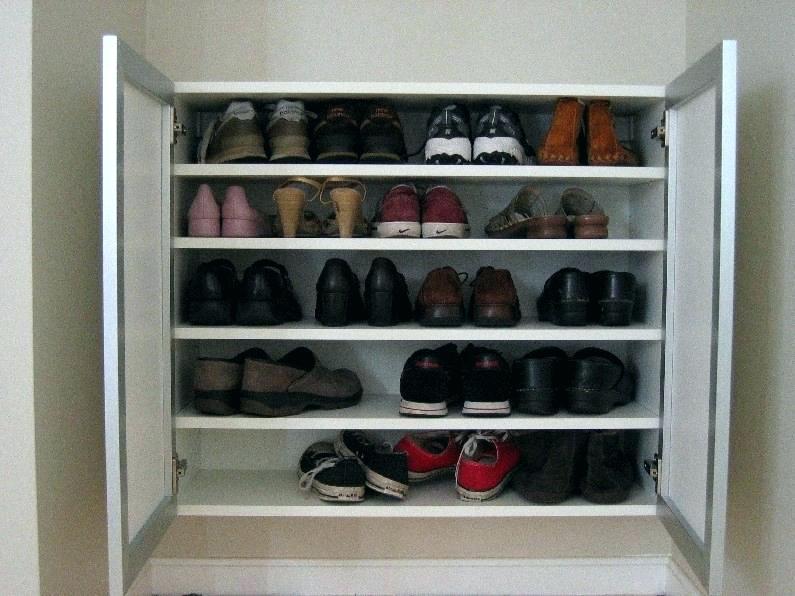
EVALUATION:
1. Mention 10 guidelines for proper storage and care of clothes.
2. List and explain 3 methods the family can store their clothes.
SUB TOPIC 2: CLOTHING REPAIRS
There are different types of clothing repair. These include:
1. Lost or worn fastenings, e.g., buttons and button holes.
a. Sew on any lost or loose buttons.
b. Mend worn buttonholes by stitching over them with buttonhole stitches.
c. Loose and missing fastenings as soon as possible.
[youtube]
https://www.youtube.com/watch?v=97cmyBId14A[/youtube]
2. Cut or loose elastic band: the elastic band within your underwear or any part of your garment can cut or become too loose. To mend:
a. Unpick a few stitches of the casing for the elastic from the wrong side.
b. Pull out the old elastic.
c. Replace with new elastic pulling through the casing with a suitable safety pin.
d. Over-sew the ends of the elastic firmly together.
e. Neatly re-stitch the casing.
[youtube]
https://www.youtube.com/watch?v=HepCT5-OVVg[/youtube]
3. Loose or split seam and undone hems;
a. Tack the seam or hem with a matching thread.
b. Use running stitch or backstitch for split seam and hemming stitch for hems.
c. Start stitching a little (about 2.5cm) before the loose area and sew into the unsplit side.
[youtube]
https://www.youtube.com/watch?v=5xSi_z2xG8M[/youtube]
4. Darning: this is the process of mending or repairing a knitted or woven article by wearing thread into the fabric to replace or strengthen torn or worn threads.
[youtube]
https://www.youtube.com/watch?v=FJJJoMhmuPI[/youtube]
WEEKLY ASSIGNMENT: Popoola O.O. Workbook on Home Economics New Concepts Book 2, unit 7, Page 15 – 16.






